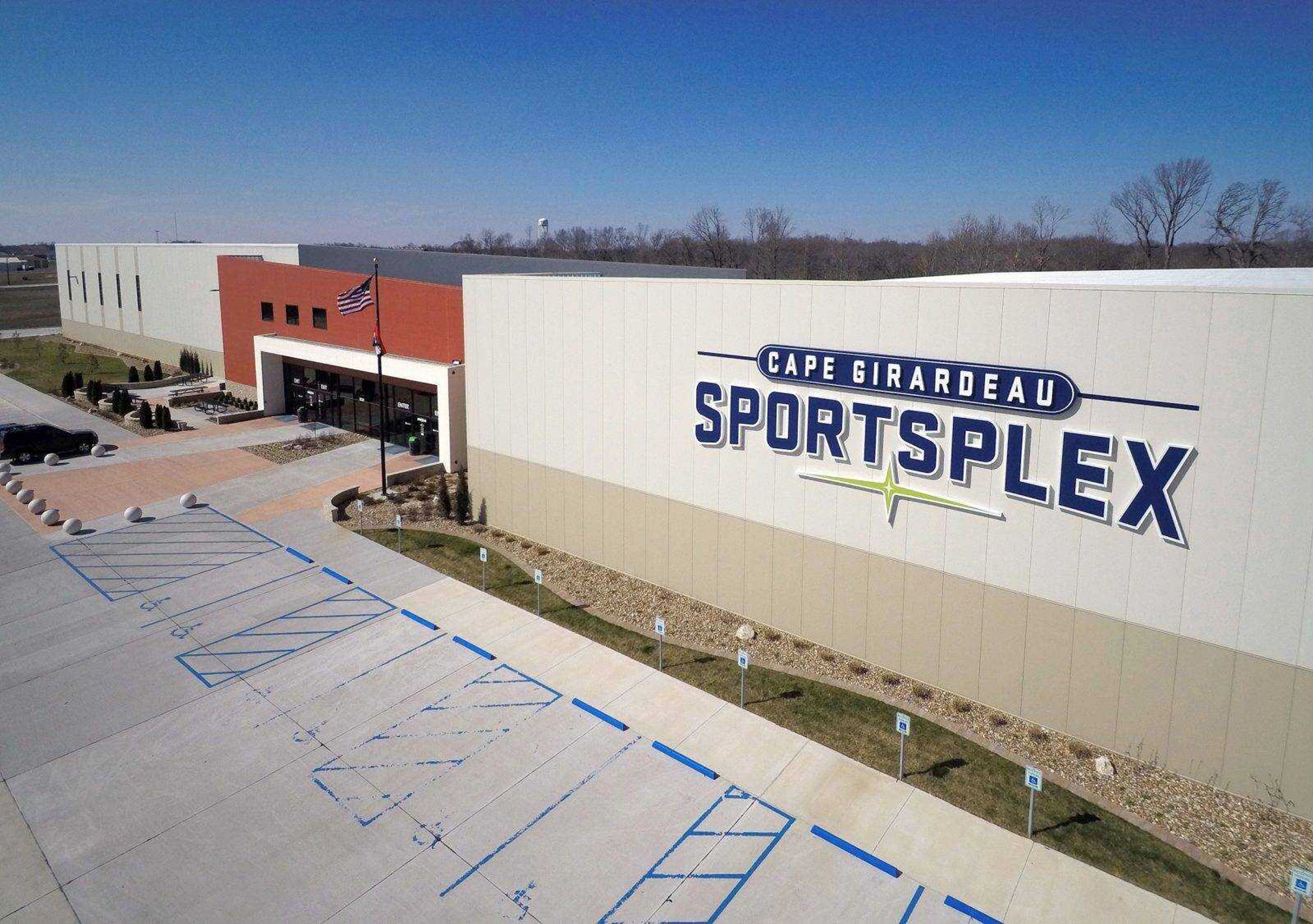Mars rover spies layered rocks, develops power problem
PASADENA, Calif. -- A NASA rover got its closest-ever look at bedrock on the surface of Mars on Tuesday, and scientists were eager to determine whether the layering could have been formed in water. The Opportunity rover spied the fine-scaled layering just days after it landed in a small crater on the far side of the planet from its twin, Spirit. On Tuesday, NASA unveiled a high-resolution photograph of the horizontally striped and fractured slabs of bedrock...
PASADENA, Calif. -- A NASA rover got its closest-ever look at bedrock on the surface of Mars on Tuesday, and scientists were eager to determine whether the layering could have been formed in water.
The Opportunity rover spied the fine-scaled layering just days after it landed in a small crater on the far side of the planet from its twin, Spirit. On Tuesday, NASA unveiled a high-resolution photograph of the horizontally striped and fractured slabs of bedrock.
"Look at the wonderful layer cake-structure in there," said Steve Squyres, the mission's main scientist, as he narrated a slow pan of the black-and-white image. "It's going to be fascinating beyond words to get up close and personal with this thing."
The find is a significant one: Each roughly half-inch thick layer represents an event in the geologic history of the planet that Opportunity should be able to reconstruct with its cameras and scientific instruments.
The Opportunity rover was in good shape after its weekend landing but had developed a small, 15-watt power loss that worried NASA. Engineers believe a heater in the robotic arm has been turning on unnecessarily. Engineers continued to monitor the situation, unsure if it could harm the rover.
The Spirit rover, 6,600 miles around the planet, continued to recover from last week's computer problems. Engineers received additional data they hope will help them understand the problem.
Opportunity should roll off its lander sometime in the next two weeks. This week it is scheduled to put to use its mini-thermal emissions spectrometer, an instrument that measures infrared radiation, to reveal what minerals the rocks contain.
Connect with the Southeast Missourian Newsroom:
For corrections to this story or other insights for the editor, click here. To submit a letter to the editor, click here. To learn about the Southeast Missourian’s AI Policy, click here.








